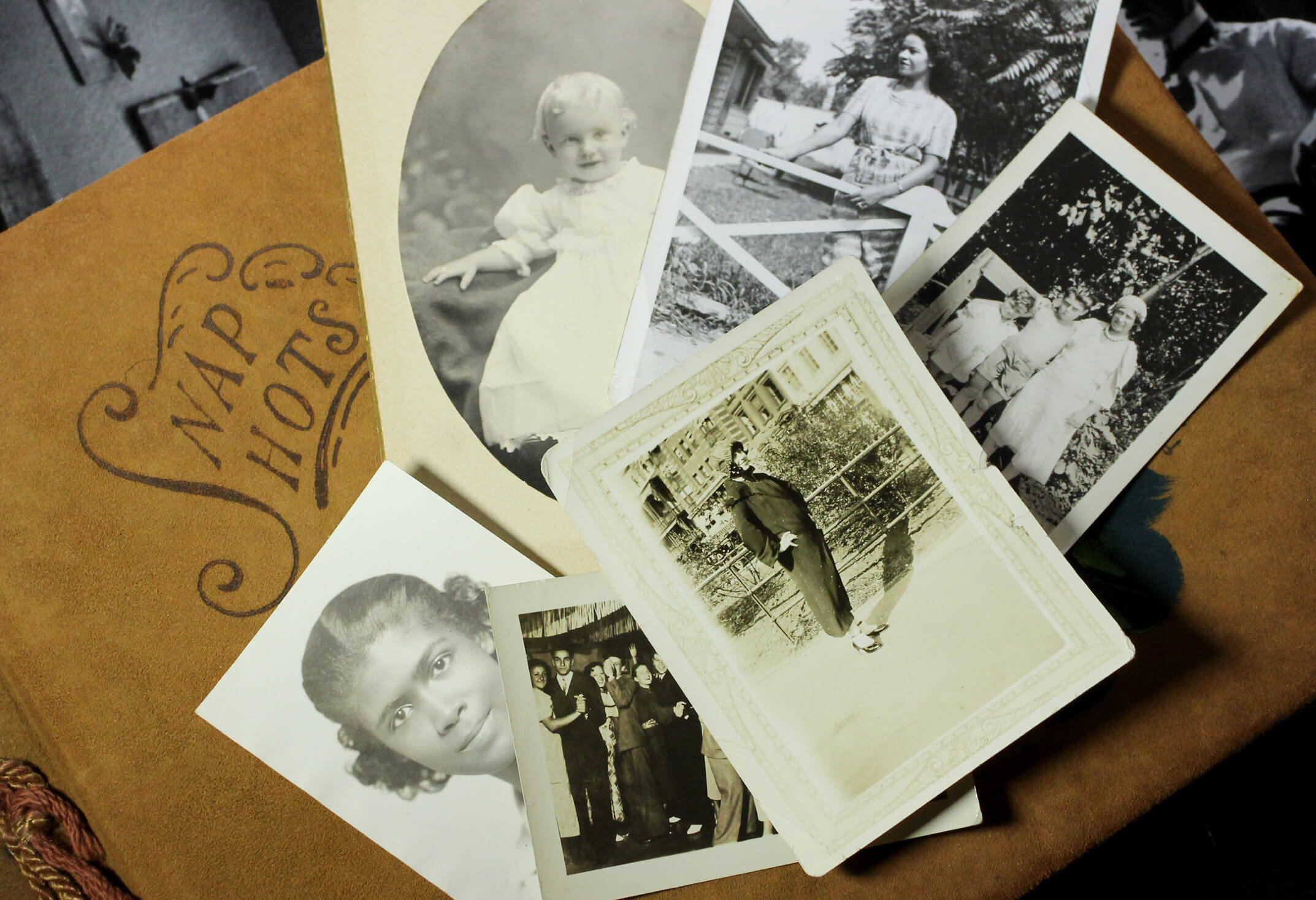Deciding what to keep and how to store your memories
In a world that seems to move at an ever-increasing pace, holding on to precious memories becomes a grounding and enriching experience. Keepsakes, with their sentimental value, connect us to our past, reminding us of cherished moments, relationships, and milestones. However, managing these treasures can be a daunting task without a systematic approach. In this guide, we will explore practical and creative ways to organize keepsakes, ensuring that these precious mementos are not only preserved but also accessible for reflection and nostalgia.
- Assess and Categorize
Before diving into the organizational process, take stock of your keepsakes. Begin by gathering all your items in one place, whether it’s a box, closet, or storage room. Once you have everything in one location, start categorizing them. Common categories include photos, letters, trinkets, souvenirs, certificates, and more. This initial step helps you gain a clear understanding of the types and quantity of keepsakes you have.
- Invest in Quality Storage
Preserving keepsakes requires proper storage. Invest in high-quality containers, acid-free archival boxes, and folders to prevent deterioration over time. For delicate items like clothing or textiles, consider using archival tissue paper to protect them from dust and light. Ensure that the storage containers are appropriately sized for the items to avoid unnecessary folding or bending.
- Create a Memory Timeline
Organize your keepsakes chronologically to create a narrative of your life’s journey. This timeline can be in the form of a physical scrapbook, a digital album, or a combination of both. Arrange items in a way that tells a story, capturing the essence of each period or event. This approach not only makes retrieval easier but also adds a narrative dimension to your keepsake organization.
- Digitize for Longevity
As technology continues to advance, digitizing your keepsakes is an excellent way to ensure their longevity. Scan photos, letters, and documents to create digital copies that can be stored securely on external hard drives or cloud-based platforms. This not only safeguards against physical damage but also allows for easy sharing with friends and family.
- Create Display Spaces
While some keepsakes are best stored away for preservation, others can be proudly displayed. Consider creating dedicated display areas in your home for items like trophies, awards, or sentimental trinkets. Shadow boxes, shelves, or display cabinets can be used to showcase these items, turning your home into a personalized museum of memories.
- Establish a Routine
Maintaining an organized keepsake collection requires ongoing effort. Set aside time periodically to review and update your collection. This could involve adding new items, removing duplicates, or reorganizing based on changing priorities. Regular maintenance ensures that your keepsakes remain a curated and meaningful reflection of your life.
- Label Everything
Labeling is a simple yet often overlooked aspect of keepsake organization. Clearly mark storage containers, files, and digital folders with dates, events, or descriptions. This not only facilitates easy retrieval but also serves as a helpful guide for future generations who may inherit these treasures.
- Consider Preservation Techniques
Certain items, such as newspaper clippings or fragile documents, may require additional preservation techniques. Consult with professionals or conduct research to identify appropriate methods for preserving specific materials. This could include using archival sleeves, encapsulation, or deacidification treatments to protect fragile items from deterioration.
- Involve the Family
Keepsakes often hold shared memories with family and friends. Involving them in the organizational process can be a bonding experience. Share stories, reminisce about shared moments, and collaboratively decide on the best way to organize and preserve these memories. This inclusive approach adds a layer of collective nostalgia to your keepsake organization.
- Letting Go with Gratitude
While it’s essential to preserve meaningful keepsakes, it’s equally important to recognize when it’s time to let go. Not every item may hold the same sentimental value, and decluttering can be a liberating experience. Before discarding, consider whether an item can be passed on to someone else who might appreciate its significance. Letting go with gratitude allows you to focus on the truly meaningful items in your collection.
In conclusion, organizing keepsakes is not just about managing physical or digital artifacts; it’s about curating a tangible representation of your life’s journey. By investing time and thought into the organization process, you not only ensure the preservation of these treasures but also create a meaningful narrative that can be passed down through generations. So, roll up your sleeves, embrace the nostalgia, and embark on the journey of organizing your keepsakes with love and intention.
Top of Form

